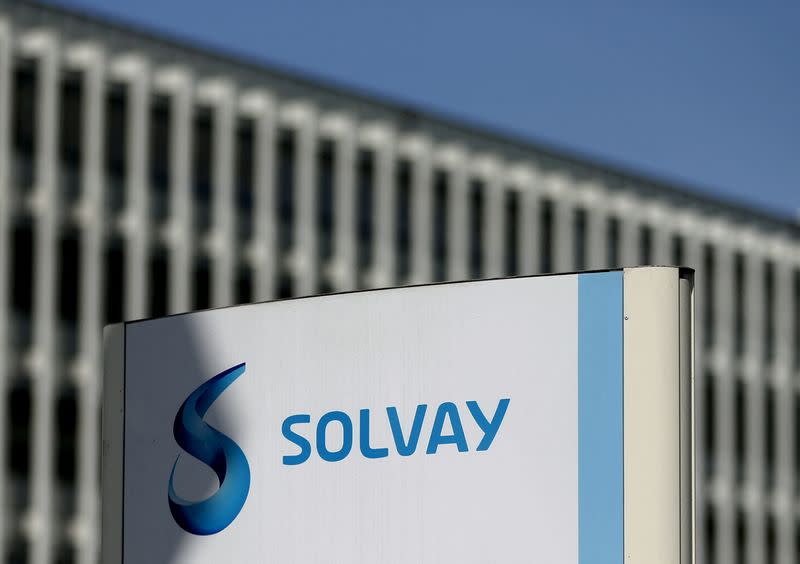Solvay beats Q2 core profit view amid cost-cutting measures, ups guidance

By Alban Kacher and Leo Marchandon
(Reuters) -Belgian chemicals group Solvay reported a stronger-than-expected core profit for the second quarter on Wednesday, as higher volumes and further improvements in fixed costs offset pressure from negative net pricing.
Earnings before interest, taxes, depreciation, and amortization (EBITDA) came in at 272 million euros ($294.43 million), compared with the 261 million euros expected by analysts in a company-provided consensus.
"Our focus on deploying our cost-saving initiatives was key, and the 46 million euros of structural cost savings achieved so far are a testimony of the hard work of our teams," said group CEO Philippe Kehren in a press release.
Solvay has been cutting costs due to soft demand and a volatile macro and geopolitical environment. It aims to save 300 million euros by 2028.
Chemical companies have been under pressure for more than a year, forced to reduce inventories on lower demand from industrial clients as energy prices soared.
Earnings were robust with improvement to full-year free cash flow guidance despite higher investments in the second half of the year, said analyst Sebastian Bray from Berenberg.
"It is nice to see businesses outside soda ash outperforming expectations," Bray added.
Solvay tightened its forecast for 2024 underlying EBITDA to a 10-15% range from earlier expectation of a 10-20% drop. It upgraded its free cash flow forecast to more than 300 million euros, from a previous goal of above 260 million euros.
The company reported net sales of 1,194 million euros for the second quarter, while analysts had expected 1,203 million euros.
Solvay's volumes improved in most of its markets, both in basic and performance chemicals. However, this positive trend was offset by the impact of lower net pricing, which dragged core profit from basic chemicals 25.6% lower.
(Reporting by Alban Kacher and Leo Marchandon; Editing by Subhranshu Sahu and Eileen Soreng)